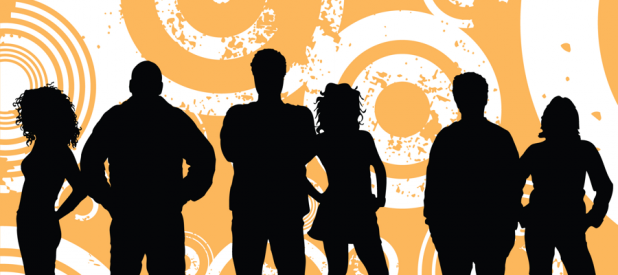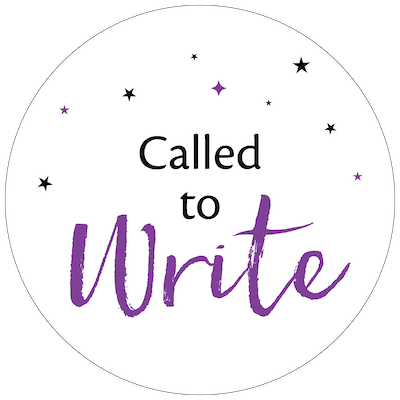I’ve been a follower of the Enneagram since 1998. The Enneagram is a powerful system that is highly useful for understanding your personality and inner motivations.
My work colleague told me about it one day, and mentioned that she was pretty sure I was a “Six” just like she was. Horrified to be lumped into a category with someone I often struggled to get along with, I quickly set out to prove that I WASN’T A SIX! I didn’t care what it actually was, I just didn’t want to be THAT.
I took a few tests online and found that the results were mixed. In some I WAS a Six. The horror! In others, it came back as a Four. Hmm. (The tests can be a great place to start if you’re curious about this.)
My colleague suggested that the best way to “get” the Enneagram was to attend a panel discussion, where I could watch and hear from groups of particular types. I think over the years I’ve now attended two different Enneagram panel series and one other Enneagram class here in the local San Francisco Bay Area.
But what I vividly remember is watching the panel of Fours in the first series I attended. I was already suspecting I was a Four — the Individualist, the Dreamer, the Romantic, the Tragic Romantic, the Artist — and I was determined to find out once and for all. (The names vary depending on whose book you’re reading, and some people don’t even like to use the names at all because of the projections people make onto them.)
Fours are known for wanting to be different and special. Unique. It’s both a source of pain and pride for them.
At that first panel series, I watched the entire row of Fours talk about their experiences being a Four. We got all the way down to the very end of the line (there must have been 12 to 14 people easily), and the last woman said, “I don’t know, I just don’t really identify with everyone else here. I mean, I know I’m a Four, and I know you all are too, but I just feel different.”
Right then, I knew in my core, as she expressed EXACTLY WHAT I WAS THINKING, that I was, in fact, a Four.
It wasn’t exactly a thrilling revelation, though it certainly did alleviate my other drama about my colleague (Fours seem to, ahem, like, create, and attract drama). Mostly it hit me: “Oh man, you mean all that stuff that Fours are? I’m that too??”
 Most of the Enneagram books out there tend to look at each of the nine types from a fairly negative perspective, and a lot of people can be overwhelmed by that. I quickly learned that most of Helen Palmer’s books were too dark for me, and found Personality Types: Using the Enneagram for Self-Discovery* by Don Richard Riso with Russ Hudson. I loved the levels of integration and disintegration they described because it gave me a sense that there was hope for improvement and it helped me learn a ton about myself and my suddenly transparent behavior and fixations.
Most of the Enneagram books out there tend to look at each of the nine types from a fairly negative perspective, and a lot of people can be overwhelmed by that. I quickly learned that most of Helen Palmer’s books were too dark for me, and found Personality Types: Using the Enneagram for Self-Discovery* by Don Richard Riso with Russ Hudson. I loved the levels of integration and disintegration they described because it gave me a sense that there was hope for improvement and it helped me learn a ton about myself and my suddenly transparent behavior and fixations.
So fast-forward a few years.
Over time, the Enneagram has been a great tool for me for both understanding and getting along with my Nine husband (a Peacemaker) and helping my clients understand themselves better (of course many of them tend to be Fours :) ). One of my colleagues has written a series of books for empaths based around the core Enneagram principles* that I highly recommend. I’ve written a few articles related to the Enneagram myself, and have a page on my old website about the Enneagram and how it relates to high sensitivity.
And once I started writing fiction, I turned to the Enneagram to use it to develop my characters. But I thought of it as simply that, a tool to help me develop each character individually.
I never really thought of it as anything more, or how the characters might be related to each other through the Enneagram.
Then last October, I was following one of my fellow ScriptMag columnists online, Jeff Lyons, who tweeted something about a class he was offering and I discovered that he also offered writing-related, “rapid story development” Enneagram classes and I was enthralled! I wanted to know more right away. It didn’t take long for us to talk about him coming here to Berkeley to teach his method.
What amazes me most about it is that he uses a combination of story premise and the archetypal Enneagram system to do story structure work. Not just character, not just motivation, not even just how characters are related. He works with his own proprietary story premise model with the Enneagram to tackle character, plot, and structure in a holistic, integrated fashion.
Who knew!?
I can’t wait to see how he does it, and I hope you’ll consider coming to join us too. He’s going to be teaching the Enneagram in a very hands-on fashion — it sounds like perfect hybrid of observation, teaching, taking action, and getting a chance to put it into practice. He’s even going to do some 1:1 “magic time” with a few lucky participants on their own story structure and premise. It’s going to be amazing.
If you can’t come and be there live, or if you want more information, we’d love to have you join us over the next three weeks for a three-part interview series with Jeff so you can get a sense of this ground-breaking tool. You can find out more about the teleclass series and register here.
Your turn
Are you familiar with the Enneagram? What has it helped you shift or change in your own life? If you’re a writer, do you use it in your writing? I’d love to hear your thoughts in the comments.
Warmly,

You may also be interested in:

